Every unit, weapon, and component available for deployment is initially available in a baseline Mk I configuration. This is the most limited and least optimised version available but can be significantly enhanced over the course of several campaigns through research. By deploying one or more Research Facilities on the battlefield and instructing them to undertake research activities to increase the combat performance of a given item, the team can have fine grain control over which aspects of specific technology they wish to enhance. As with all decisions made on a campaign, consideration must be given to the power requirements of building additional research facilities as well as the additional power and thermal load of instructing them to undertake the research – can this energy be better utilised elsewhere at this time?
As with other static units, research facilities maintain a pipeline of activities to ensure they are being maintained at peak operational effectiveness. As with other unit types, a given work order can be paused, cancelled, expedited, or fast tracked as required but this may incur an additional resource overhead if other work orders have to be stood down in order to facilitate this change.
The research of a given item is undertaken against six discreet design principles that every item operated against. As standard, all six are researched equally by 10%, to provide a more linear distribution of improvement but, if required, research can be focused on a reduced set of principles to accelerate them faster, at the expense of reducing the development of others.
Once the average level of research across all principles reaches 50%, any dependent technology on the tech tree is unlocked in its base configuration and is available to be researched and then used.
Once a given configuration mark of an item has been researched to 70%, the next mark is unlocked and is available to be researched and then used.
There are currently three marks available for all units, weapons and components, the Mk I, Mk II & Mk III, which can be thought of as light, medium and heavy variants respectively.
The design principles are as follows...
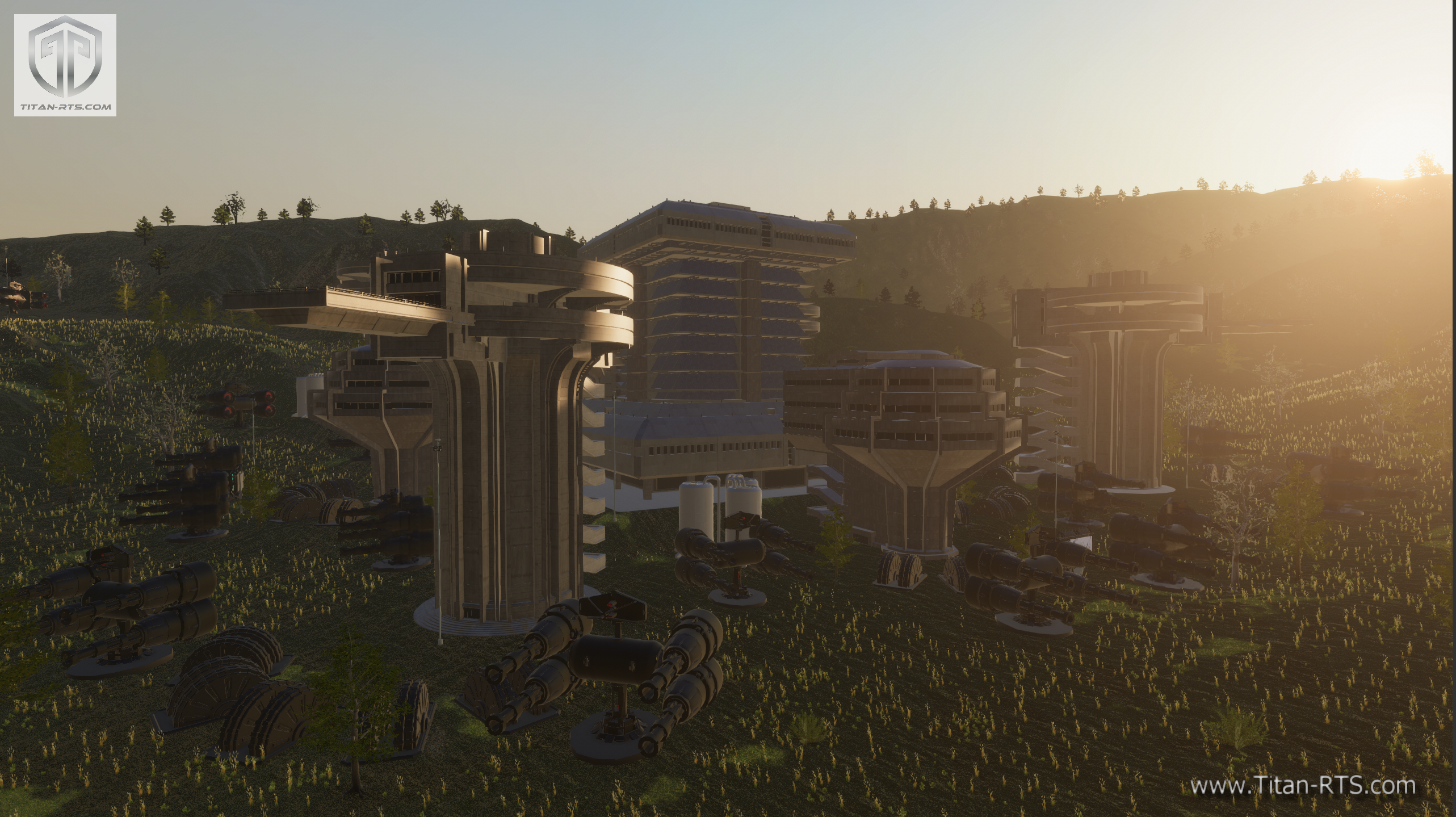
Every unit, weapon and component has a baseline durability index for resistance to projectile weapons, measured as the amount of protection afforded, in equivalent millimetres of a standard reference material made from a tungsten carbide / carbon / platinum composite. Additionally, a unit can be equipped with one or more shield generators which can encapsulate the entire unit in an electro-magnetic shield operating on rotating frequencies, designed to offer extreme resistance to Electromagnetic weapons discharge operating on specific frequency bands. Again, this index is measured in mm of equivalent protection afforded. Both of these ratings can be improved by focusing research efforts on the durability principle of either the weapon/component, which would affect all units in which it can be installed, or the unit itself, which would boost any weapons and components installed in that type of unit. For ultimate durability, both the unit and the weapon/component should be researched to the maximum level.
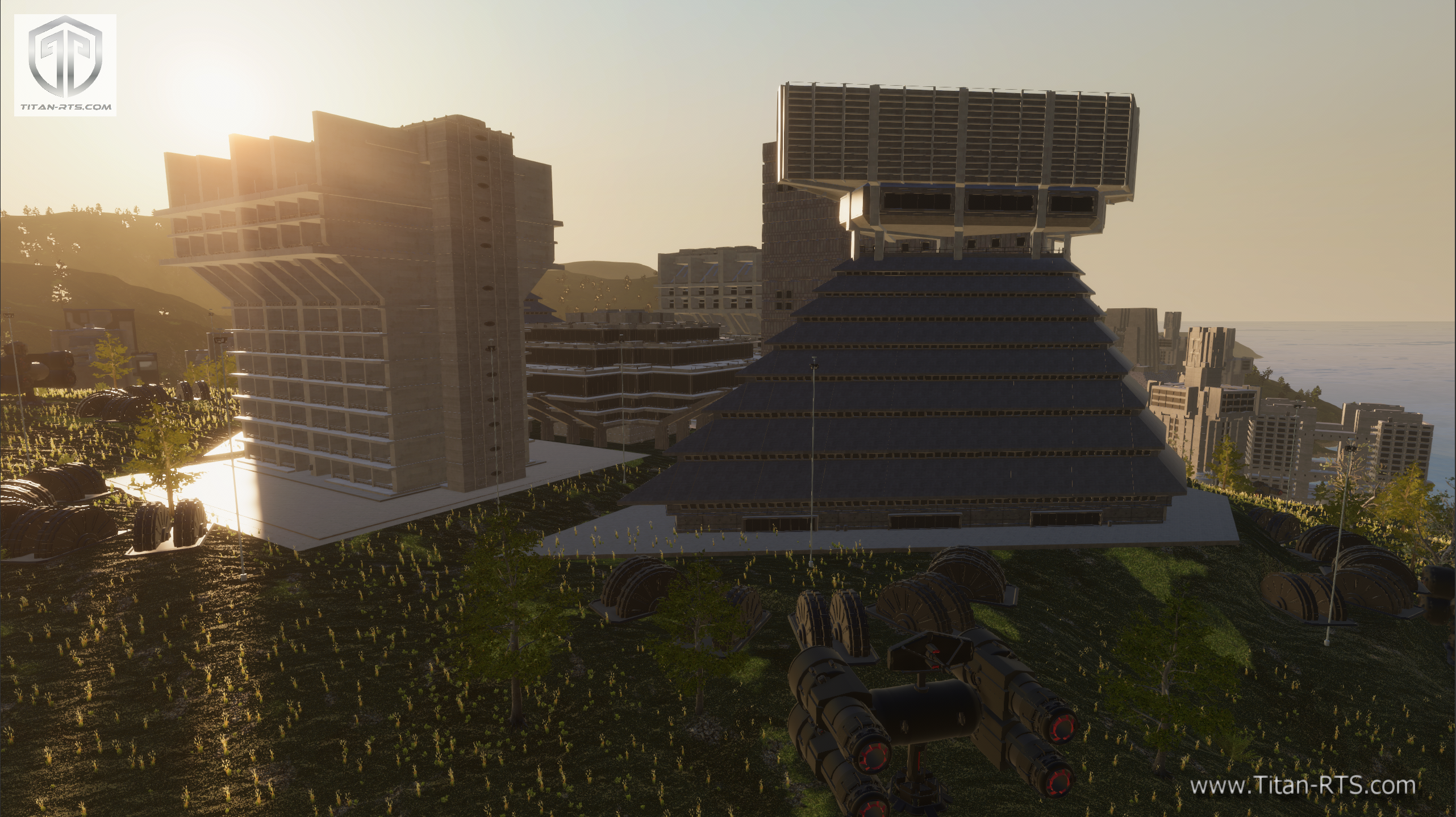
If a unit is equipped with an Automatic Repair System component, it can repair itself in the field when it sustains damage, with priorities and thresholds being assigned to each component and weapon as mission parameters dictate. Alternatively, if no ARS is fitted or if it is damaged beyond repair, a unit can be garrisoned in a suitable outpost or have an ARS unit dispatched to effect repairs on its behalf. The Repairability principle dictates the amount of time and energy required in any of the above scenarios to effect a given amount of repair. Simply put, the more repairable something is, the faster and cheaper it is to repair and restore full combat readiness. Effectiveness.
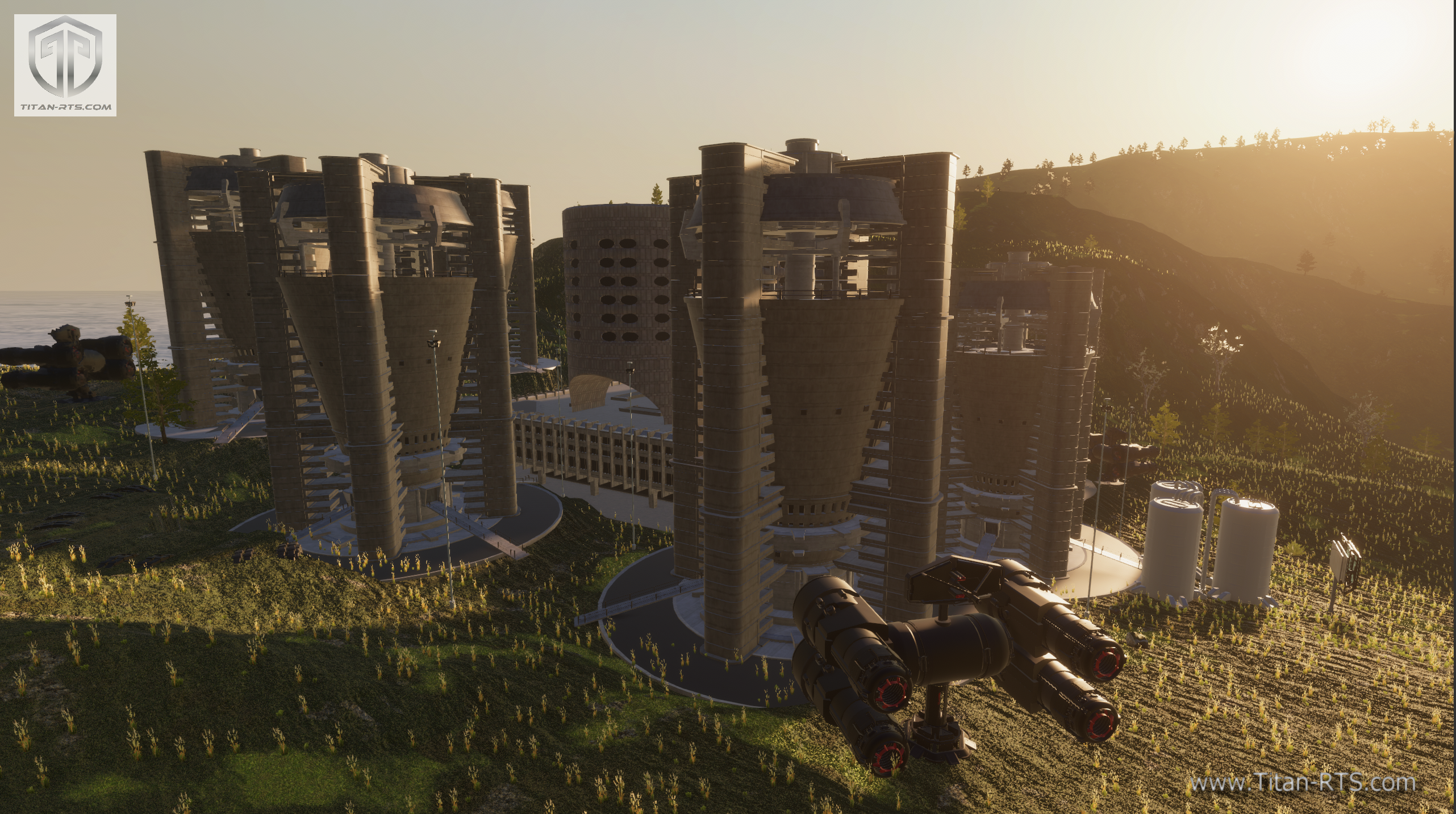
The Effectiveness is intrinsically linked to the items function. Essentially it is a research parameter to make the component or weapon ‘better’ at doing what it was designed to do. This could mean improving the Radar Booster's ability to detect units that are in stealth, or it could mean improving radar stealth’s ability to avoid enemy detection. It could be increasing the capacity of a fuel cell or the size of an extensible shield wall (but not the shield walls strength as that would come from installing multiple components)
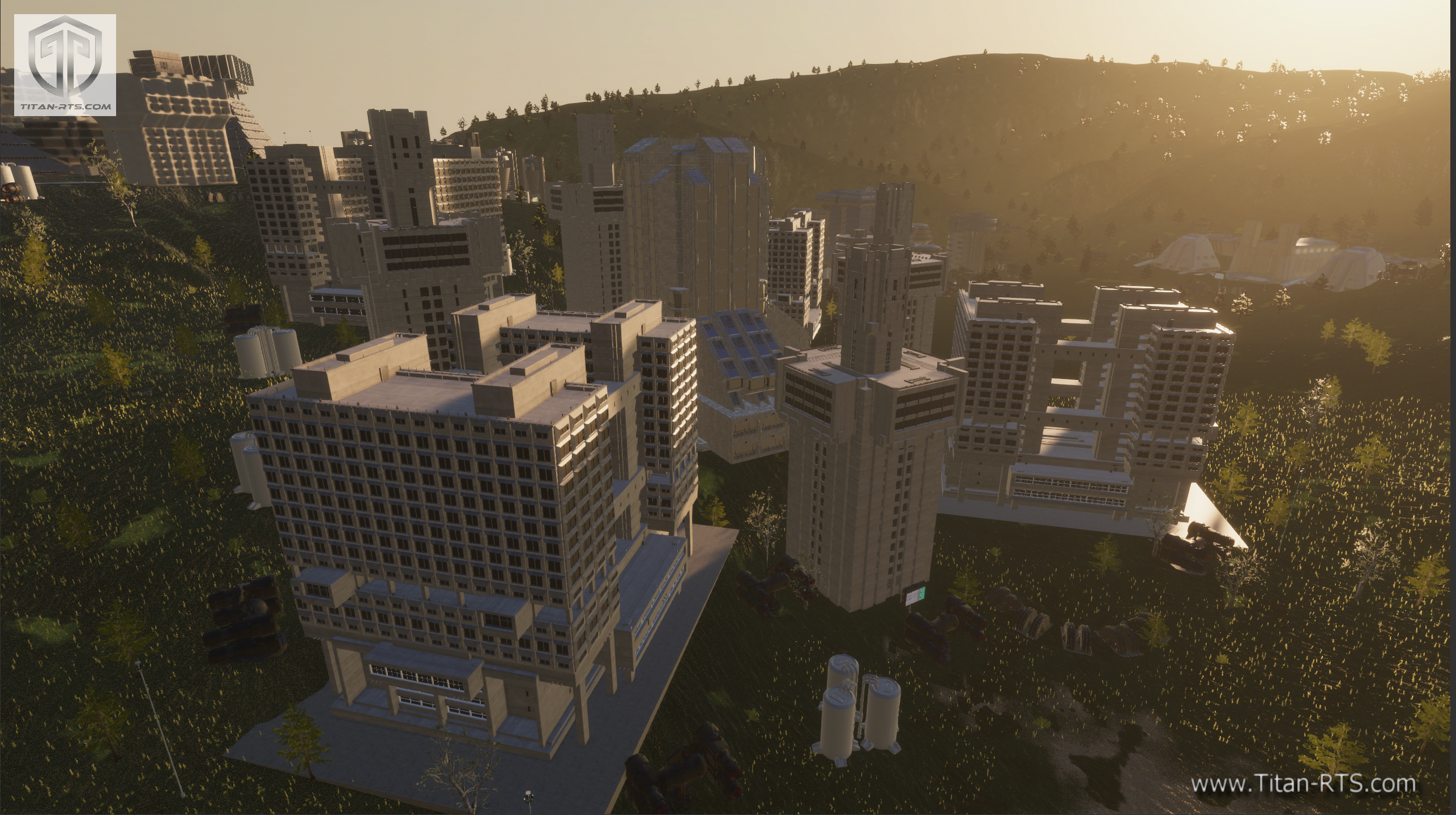
Researching a units mass will reduce the total mass of the item, either allowing more of them to be installed or reduce the overall unit mass and improve its acceleration and top speed for a given payload. Items with lower mass also take less time, energy and heat to produce and transfer across the RTN.
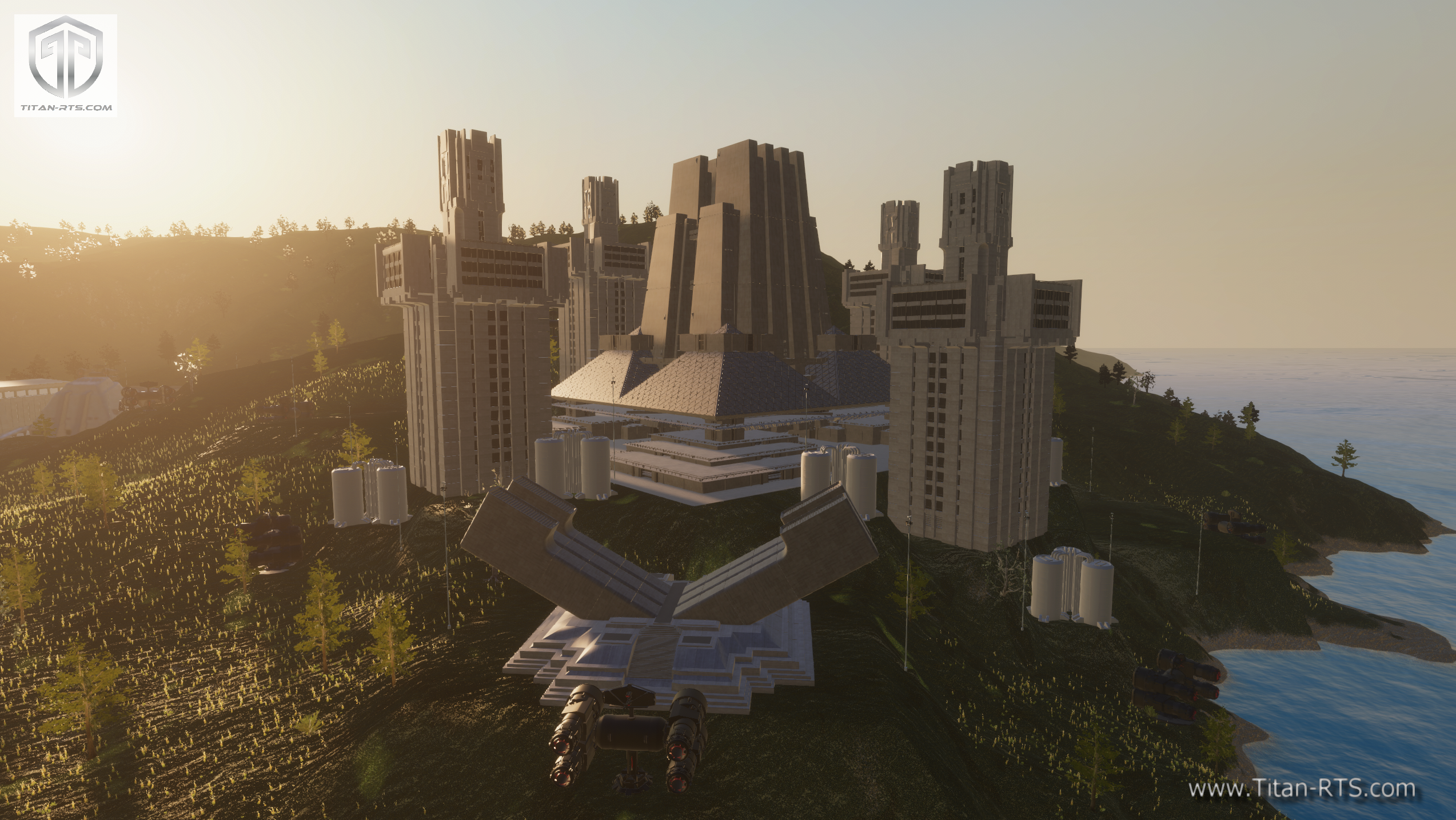
As with mass, researching an item's power will reduce the total amount of power required by the item, which will also have a proportional impact on its thermal footprint. Reducing power demand may allow fewer power plants and fuel cells to be fitted or will provide increased operational time for the same amount of fuel cells, allowing the unit to do more before returning to base to be refuelled.
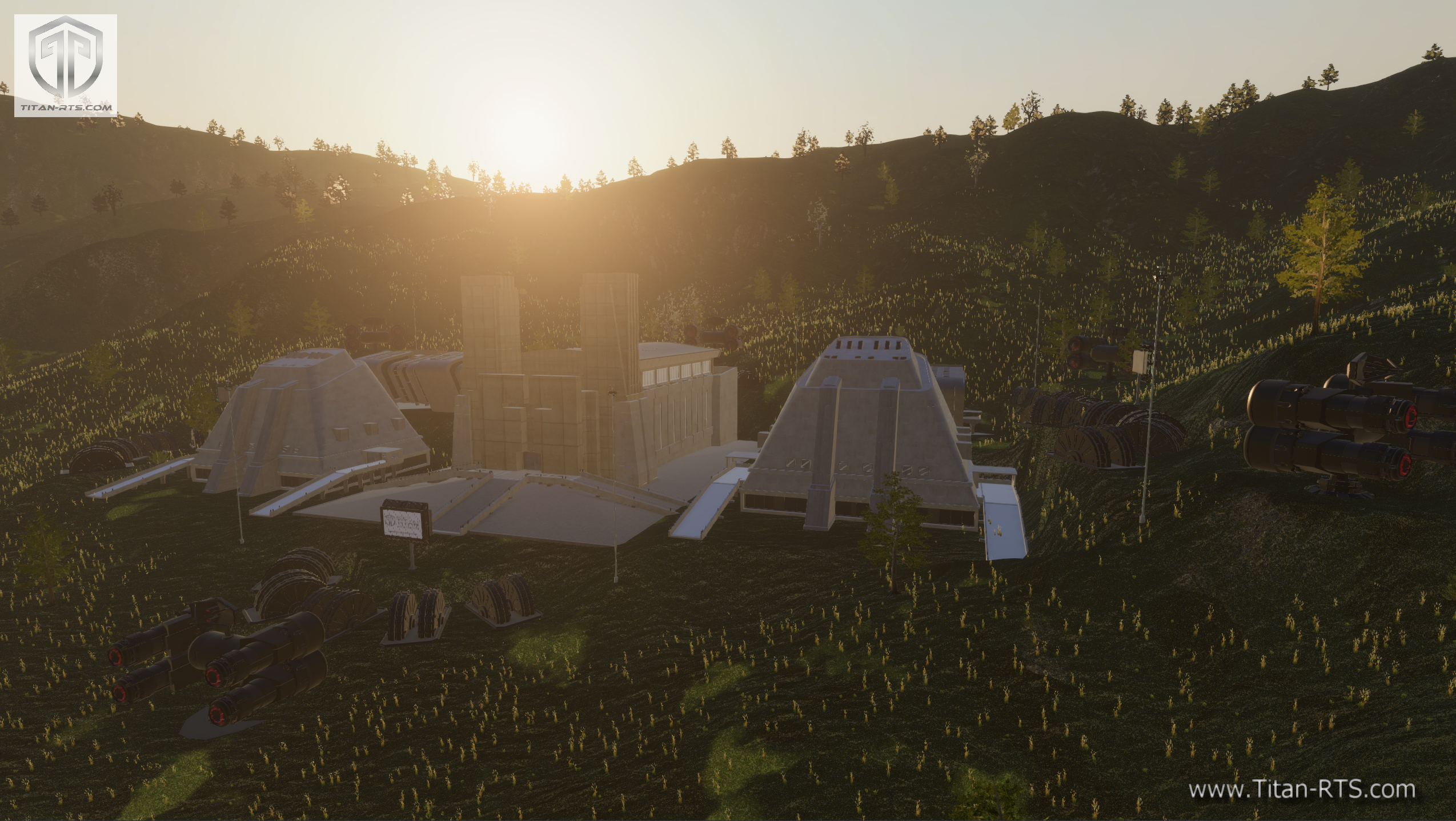
Researching an item's thermal profile will result in much reduced thermal emissions, making a unit harder to detect using thermal scanners. This can be of value on islands with a high ambient temperature or with large amounts of volcanic activity.